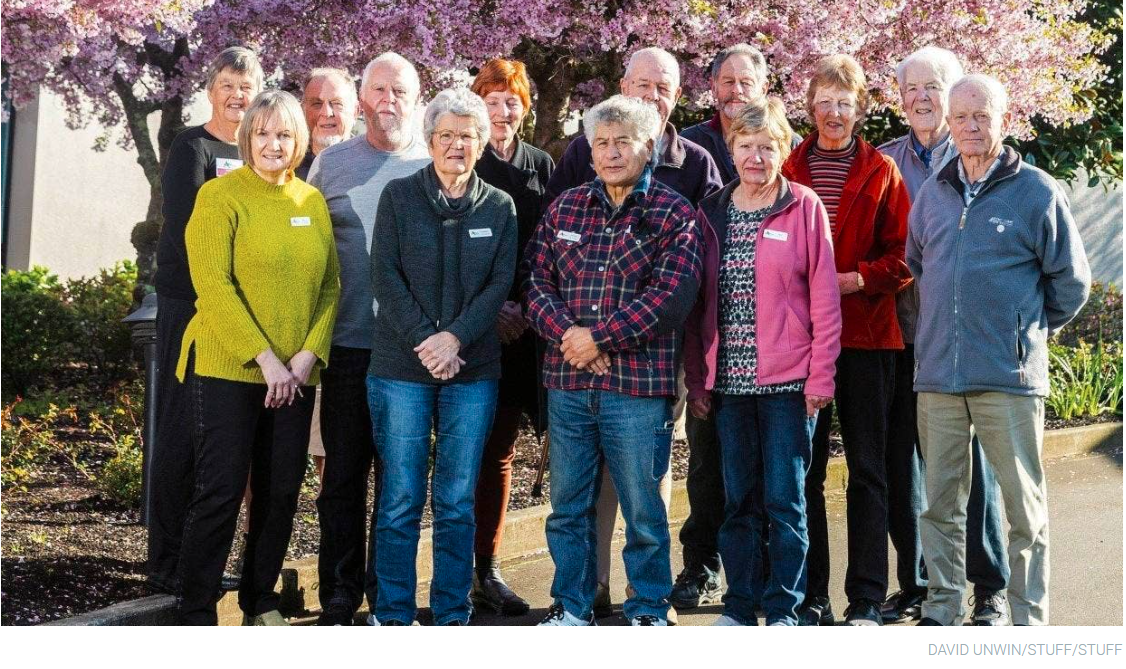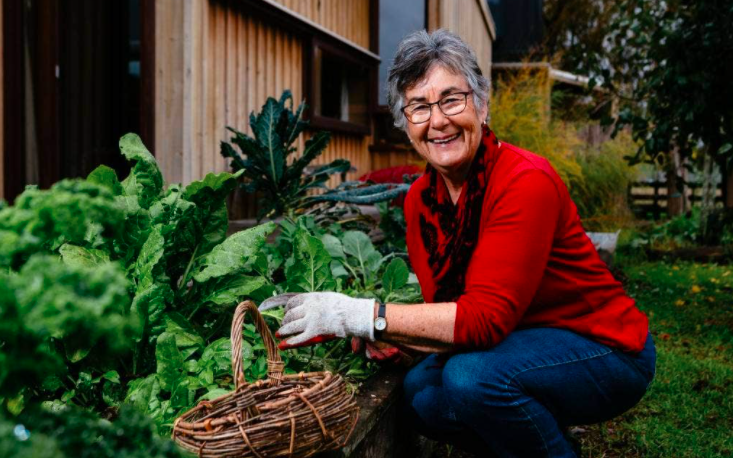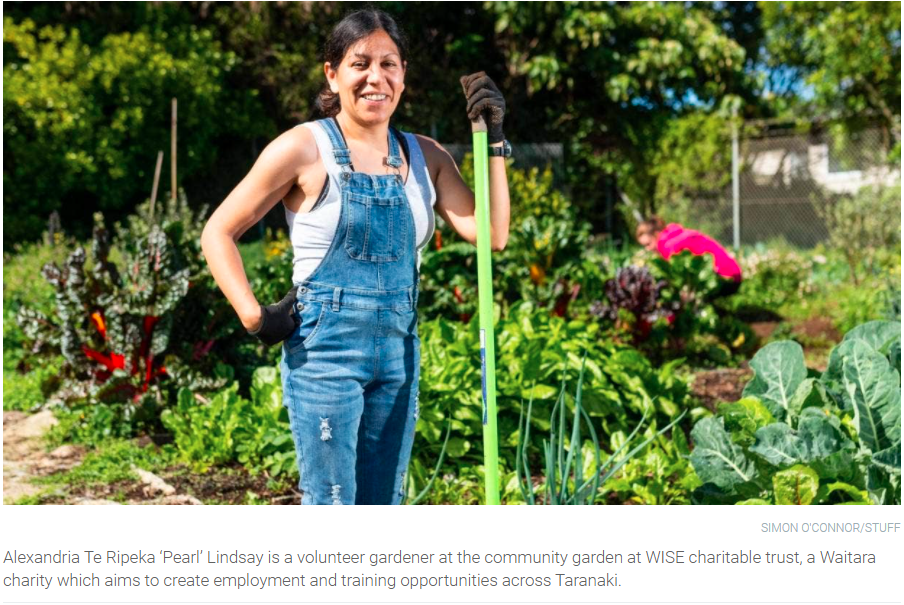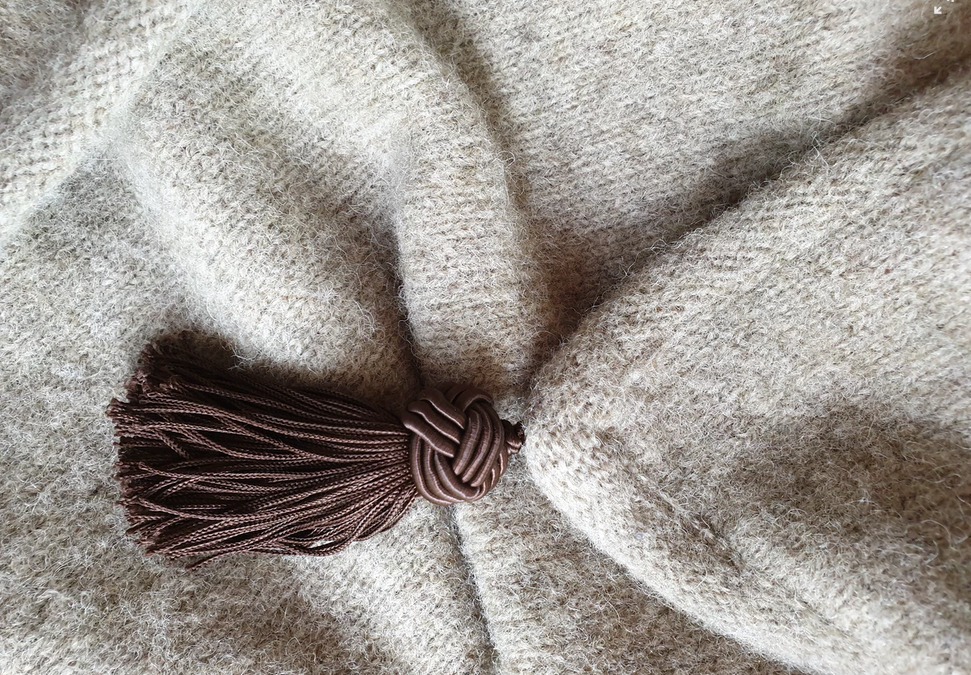
Know what’s happening
Access the private noticeboard for verified neighbours near you. Keep informed about any suspicious activity, send urgent updates to your neighbours when required and discuss emergency planning.
Get to know your neighbours
Browse the directory and start getting to know your neighbours. Don’t want to post to the whole neighbourhood? Send a private message.
Buy, sell and give away
Want to declutter your garage? Buy some used household items? Give away some garden stuff? Become a verified neighbour to browse and post items for sale. Trading is simple when everyone lives nearby.

Discover life at The Bayview
Love stunning views and resort-style living? The Bayview could be your perfect next step.

Thank you for using Neighbourly
You may receive an email confirmation for any offer you selected. The associated companies will contact you directly to activate your requests.
Hear from our expert on everything you need to know from investing to managed living, and having your wills and EPA's in order for an easy retirement. Read more to register for our event..

Mei Leng Wong Reporter from NZ Gardener & Get Growing
They want to create an app to make it easier for gardeners to share and swap crops and seeds. Read their story and don't forget to vote!

Te Pōkaitahi Reo
Meet Parminder Singh (Punjabi) who shares his journey with Te Whare Wānanga o Awanuiārangi:
“Studying in the Pōkaitahi Reo programme has allowed me to develop a totally beautiful and unique relationship with Māori communities. The learning has helped my work to bridge … View moreTe Pōkaitahi Reo
Meet Parminder Singh (Punjabi) who shares his journey with Te Whare Wānanga o Awanuiārangi:
“Studying in the Pōkaitahi Reo programme has allowed me to develop a totally beautiful and unique relationship with Māori communities. The learning has helped my work to bridge gaps between Māori and others in our multicultural communities. When I look back, I feel really proud. It’s a great feeling when I speak te reo Māori. It’s a privilege.”
Share in Parminder’s experience and enquire now for 2022. These programmes are tuition fee free!
Find out more

Mei Leng Wong Reporter from NZ Gardener & Get Growing
These Palmerston North green thumbs ensure hospice patients and their families get to enjoy flowers, foliage and fragrance. Read their story, then don't forget to vote for them!

Mei Leng Wong Reporter from NZ Gardener & Get Growing
Trish Allen is giving away her garden harvest -- again! During the 2020 lockdown, she gave away over 140kg in fruit from her home orchard. This year, she didn’t have fruit to swap but her vegetable garden was packed with winter crops. “I had masses of broccoli, cauliflower, kale, silverbeet and… View moreTrish Allen is giving away her garden harvest -- again! During the 2020 lockdown, she gave away over 140kg in fruit from her home orchard. This year, she didn’t have fruit to swap but her vegetable garden was packed with winter crops. “I had masses of broccoli, cauliflower, kale, silverbeet and French sorrel. So I gave out a lot of parcels of those to anyone I knew who needed it.”

Our short course will give you the skills to stay connected with your whānau and friends.
Learn how to get online safely and navigate websites and apps with confidence.
We’ll show you how to:
• send and check emails
• use tools to create, organise, and connect … View moreOur short course will give you the skills to stay connected with your whānau and friends.
Learn how to get online safely and navigate websites and apps with confidence.
We’ll show you how to:
• send and check emails
• use tools to create, organise, and connect with the digital world
• solve common problems using online resources
• explore day-to-day tasks such as online shopping and banking
• stay safe when you’re online
• online and face-to-face class options available
Free classes | Book now - 0800 526 672
Find out more

Robert Anderson from
“When selecting the fabric and style of a new lounge suite it is crucial to consider its future environment”
Picture this:
You purchased a brand-new couch this autumn. It has extra wide cushions on the seat. It’s sleek, it’s chic, it takes up one third of your lounge and most … View more“When selecting the fabric and style of a new lounge suite it is crucial to consider its future environment”
Picture this:
You purchased a brand-new couch this autumn. It has extra wide cushions on the seat. It’s sleek, it’s chic, it takes up one third of your lounge and most importantly, you can melt into it on a Friday evening after work.
Fast forward to mid-spring. Sure, you passed all those cold winter’s nights watching movies with the family and you have spent more of the lockdown sitting down than you would like to admit, but now that it’s almost time to pop your bubble your brand-new couch is looking a little… dishevelled.
When selecting the fabric and style of a new lounge suite it is crucial to consider its future environment. To prevent your dream couch from becoming saggy and stretched on the seat cushion after prolonged use, or to remedy the situation, we’ve reached out to James Dunlop Textiles’ Auckland-based Upholstery Specialist, Robert Street, to provide insight into the problem and offer some solutions.
Why does the fabric on a newly upholstered sofa appear stretched and out of shape after only a few months of use?
There are several factors that could come into play here, let’s look at them one by one.
Firstly, it is rare for an upholstery fabric with a synthetic component to stretch as synthetic fibres are very stable. Natural fibres are generally stable but can ‘move’ over time depending on the weave. Twill weaves don’t move (think denim jeans) but basket weaves can move a little. Natural fibres such as cotton and linen can absorb the humidity in the air and ‘relax.’
However, all of James Dunlop Textile’s fabrics undergo the seam slippage test, which is performed as part of the fabric’s evaluation and quality testing process, where any possible issues like the weave stretching are highlighted. Any fabrics with seam slippage test failures are identified and resolved before we manufacture a product for our range.
What is Seam Slippage?
Seam slippage is the separation of yarns in a fabric, usually along a sewn seam or join. Generally, the yarns don’t actually break, they just pull apart leaving an unsightly gap along the fabric join.
So what could be the cause?
With this in mind – we can eliminate fabric stretch as the issue here and look at what the likely cause could be.
1. Foam
Good quality foam loses 5-7% of its loft within the first 3 months of use – this may be a contributing factor here. Some furniture manufacturers use a pre-crushed foam (the Gucci of foams) which prevents this loft loss – while being more expensive, it is worth it as you really do get what you pay for in furniture.
2. The Design
There are two main types of couch designs – cushion seat and fixed seat.
Cushion Seat: The sides of a cushion seat pull upwards, and therefore do not need extra fabric as the cushion flexes to allow the fabric cover to release into the compressed foam in the centre, where you sit.
Fixed Seat: A fixed seat requires an allowance of extra fabric in the back of the base cushion. This extra fabric moves forward, compensating for the foam compressing when you sit on the couch. Once you stand, the foam lofts again and if the extra fabric does not move back to the base of the cushion fast enough it will be trapped, causing a ‘puddled’ saggy look.
Keep reading: www.curtainclean.co.nz...

Mei Leng Wong Reporter from NZ Gardener & Get Growing
Dear neighbours,
Alexandria Te Ripeka "Pearl" Lindsay (Te Āti Awa o Taranaki) started gardening to grow her own food -- and now she's growing food for her community too.

Mei Leng Wong Reporter from NZ Gardener & Get Growing
Dear neighbours,
Get to know Darfield gardener Bronwyn Adams-Hooper, who runs a horticulture programme for the 18- to 21-year-olds serving time in the youth unit at Christchurch Men’s Prison. With her help, they've been growing veges that win awards at their local A&P show.

Caitlin chose a career path that works with her passion for building stock cars.
Find a job you actually like - this is your sign to embrace the fluro!
Click here for more info.

Did you know that 1 in 5 New Zealanders plans to or has already invested in cryptocurrency? To get you started, Swyftx cryptocurrency exchange is offering $10 free Bitcoin to all new users who sign up and verify.
Join over 400,000 users and trade over 280+ cryptocurrencies with … View moreDid you know that 1 in 5 New Zealanders plans to or has already invested in cryptocurrency? To get you started, Swyftx cryptocurrency exchange is offering $10 free Bitcoin to all new users who sign up and verify.
Join over 400,000 users and trade over 280+ cryptocurrencies with New Zealand’s most trusted exchange. 4.9/5 Stars on Trustpilot from over 3,000 reviews.
Signup, verify and get $10 free BTC today..
Find out more

You’ve built a life around the things and people that matter most. Updating your will is your opportunity to make sure the people and things you love are looked after when you pass away. It’s easy to update your will with Public Trust and we’ll help you answer important questions like…. … View moreYou’ve built a life around the things and people that matter most. Updating your will is your opportunity to make sure the people and things you love are looked after when you pass away. It’s easy to update your will with Public Trust and we’ll help you answer important questions like…. Read our latest blog about it at the link below.

Robert Anderson from
• The fleece of sheep has been used to make human clothing since the Stone Age.
• Wool flourishes where there is rain and sunshine. These two elements sustain the grassy fields that sheep graze on. Shearers shave off the wool every year before the weather gets too hot. Wool is the ultimate … View more• The fleece of sheep has been used to make human clothing since the Stone Age.
• Wool flourishes where there is rain and sunshine. These two elements sustain the grassy fields that sheep graze on. Shearers shave off the wool every year before the weather gets too hot. Wool is the ultimate renewable fibre.
• Wool from about 61 sheep extend all the way from the earth to the moon.
• Wool may be made from mixtures of hair from sheep, alpaca, llama, camel, cashmere, mohair, angora, vicuna, yak, guanaco, beaver or otter. No animals are harmed in the harvesting of wool.
• Wool is flame-resistant. It will not melt and stick to your skin like synthetic fibres. Instead, wool will usually smoulder and extinguish itself when the source of the flame has been removed. The fibre of choice for casinos and airlines.
• The fastest recorded time to shear a sheep is 39.31 seconds by Hilton Barrett of Australia.
• Wool is composed of same protein that makes up the outer protective layer of your skin.
• Have you ever wondered why your wool socks withstand foot stench longer than cotton or synthetic socks? Wool is naturally mildew and mould resistant because it is a natural moisture repellent, MEANING LESS STINK. Wool also reduces dust mite activity (they do not like wool!).
• Over its lifetime, a sheep’s fleece will absorb approximately 30Kg of carbon dioxide.
Keep reading: www.curtainclean.co.nz...

The team at New Zealand Gardener has been hard at work creating their new Houseplant Special Edition - an essential compendium for anyone who's interested in growing their own houseplants.
You can also get ahead of the game with their 2022 Garden Diary. The pages are flooded with moon … View moreThe team at New Zealand Gardener has been hard at work creating their new Houseplant Special Edition - an essential compendium for anyone who's interested in growing their own houseplants.
You can also get ahead of the game with their 2022 Garden Diary. The pages are flooded with moon planting guides, a Māori lunar calendar, harvest recipes, garden DIYs, and garden fertiliser and pest deterrent recipes. A must for beginners and expert gardeners alike.
Enter the code 'SPECIAL' at checkout and save 25% off RRP
ORDER NOW

It's back! Nominations are now open for Resene's Colour Your Community 2021! Apply now for up to $1000 worth of paints, wood stains and products to spruce up an area in your 'hood.
You can submit a nomination on behalf of your organisation, business, or for your own community … View moreIt's back! Nominations are now open for Resene's Colour Your Community 2021! Apply now for up to $1000 worth of paints, wood stains and products to spruce up an area in your 'hood.
You can submit a nomination on behalf of your organisation, business, or for your own community project - whether that is the paint for a new mural for your community hall, a graffiti clean up or refresh of a local playground.
We’ll also be selecting five winning entries plus asking members to vote in the People’s Choice Award!
Nominate your community

 Loading…
Loading…
Are you sure? Deleting this message permanently removes it from the Neighbourly website.
 Loading…
Loading…
© Neighbourly 2025
